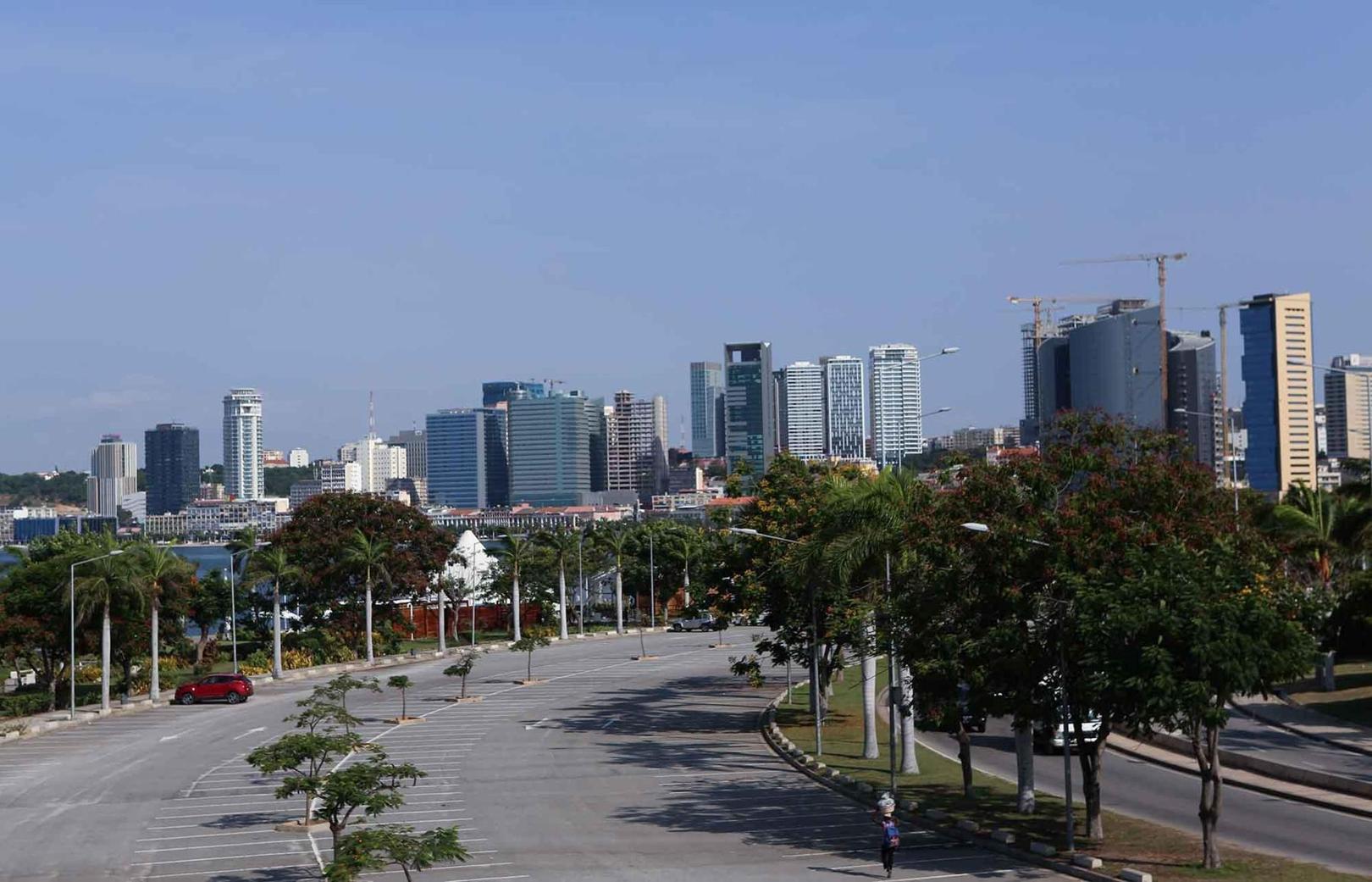Africa-Press – Angola. About 10 million Angolan people work informally in various sectors of the economy, the National Director of Labor, Blanche Chendovava revealed on Tuesday in Luanda during the presentation ceremony of the National Employment Observatory (ONE), a strategic tool for collecting, processing, and analyzing data on the country’s labor market.
According to the director, these citizens work as taxi drivers, shuttle drivers, app-based drivers, market vendors, freelancers, recyclable waste collectors, street vendors, bricklayers, and domestic workers.
He said that this workforce operates outside the formal system, without contracts or social security registration.
Regarding ONE, he emphasized that it also aims to support the formalization of the informal economy, improve the functioning of the formal sector, and boost the generation of jobs and wealth for families.
Data from the National Statistics Institute (INE), released last May, indicate that Angola has an estimated economically active population of 18 million 154 thousand 714 citizens, of which 8 million 866 thousand 702 are men and 9 million 288 thousand 12 are women.
However, only three million 143 thousand 48 workers are registered with the National Institute of Social Security (INSS), while five million 340 thousand 156 citizens have no work activity, which means that 63% of the economically active population is employed. Thus, about 80 percent work in the informal economy and 29.9 percent are unemployed.
ONE a new boost for employment
The new structure, which operates at the headquarters of the Ministry of Public Administration, Labour and Social Security (MAPTSS), was created under Executive Decree No. 320/25, of 5 February, and will be coordinated by the National Directorate of Labour.
ONE”s mission will be to collect and disseminate information on job supply and demand, to analyse labour market trends and imbalances, as well as to support the formulation of sustainable and inclusive public policies.
Its performance will be complemented by data provided by the National Statistics Institute (INE), the Institute of Employment and Vocational Training (INEFOP), Social Security (INSS), the Institute of Qualifications (INQ), the General Labour Inspectorate (IGT), the Migration and Foreigners Service (SME), INAPEM, among other social partners.
The Observatory is part of the National Employment Agenda (2023-2027) and the National Employment Fund of Angola (FUNEA), created by Presidential Decrees No. 226/23 and 133/23, with the aim of ensuring the creation of decent jobs and promoting an inclusive economy.
The concept of the National Employment Observatory is not new. The first initiative dates back to 1992, under the responsibility of the then National Department of Labour Market Research and Planning. Since then, the structure has undergone several reformulations and institutional changes, having been extinguished and recreated several times until reaching its current configuration, with greater autonomy and technical capacity.
With the entry into operation of the ONE, a significant improvement in the production of reliable data on employment in Angola is expected, thus contributing to better decisions in the fight against unemployment and labor informality in the country.
For More News And Analysis About Angola Follow Africa-Press






